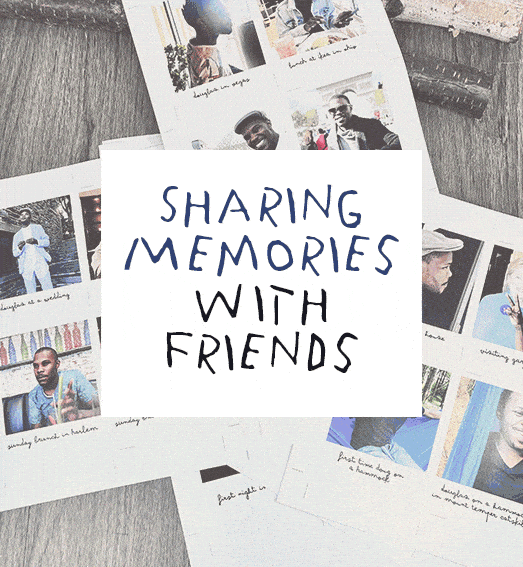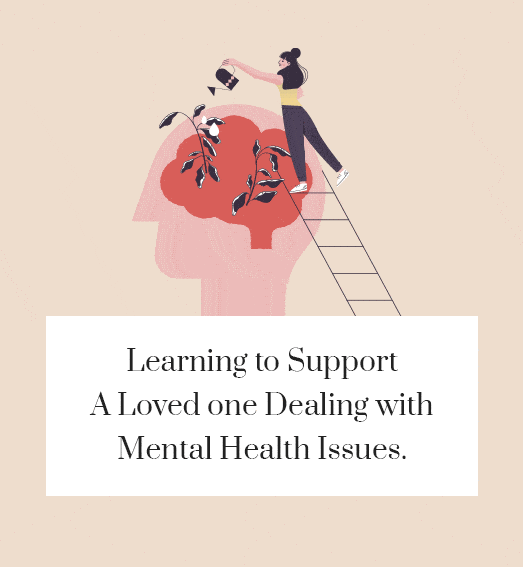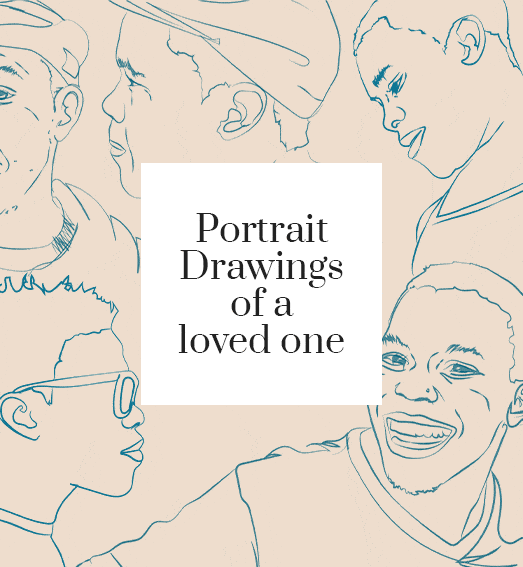Artistic endeavors often evoke intricate and conflicting emotions among adults. Responses can range from dismissal and derision to admiration and sometimes even feelings of inadequacy for not possessing artistic skills. In contrast, young children effortlessly draw, sing, and dance without the burden of self-doubt. Sadly, as we mature, we often lose that sense of freedom and joy as we become overly self-conscious about our artistic abilities. We transition from active creators to passive spectators, missing out on the benefits of creative self-expression.
Enter art therapy—an exceptional form of guidance that reconnects individuals with the transformative power of creative practices. Art therapists provide support to help people navigate life’s challenges and uncertainties, allowing them to reclaim the joys of self-expression. With over 6,000 credentialed art therapists in the United States alone, this profession is rapidly growing globally, bringing the therapeutic benefits of artistic engagement to communities far and wide.



